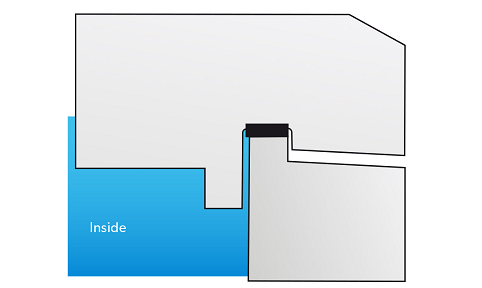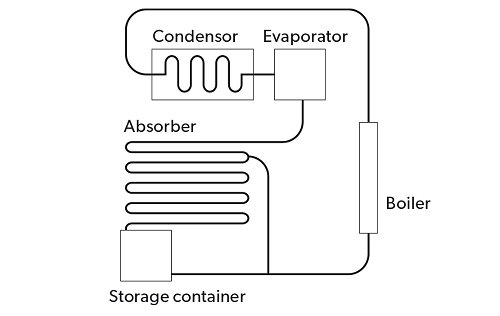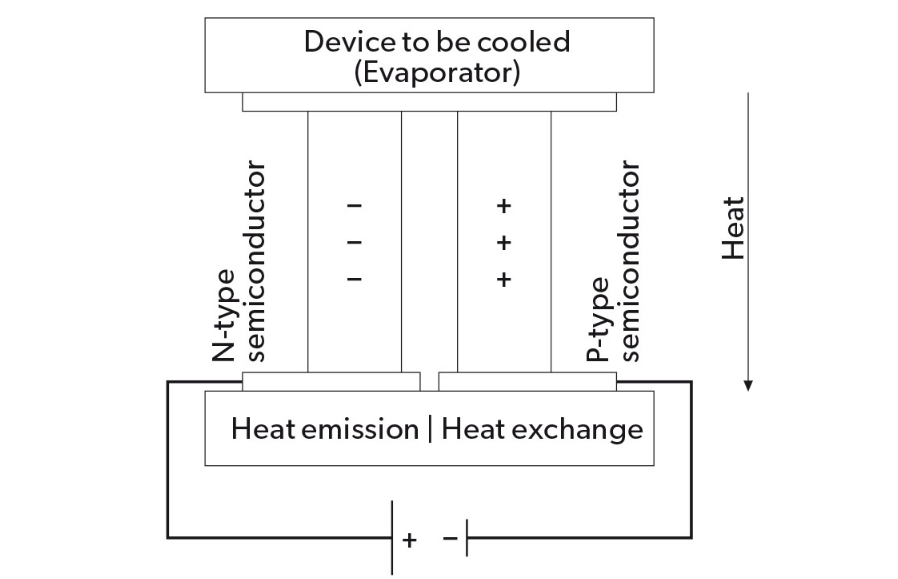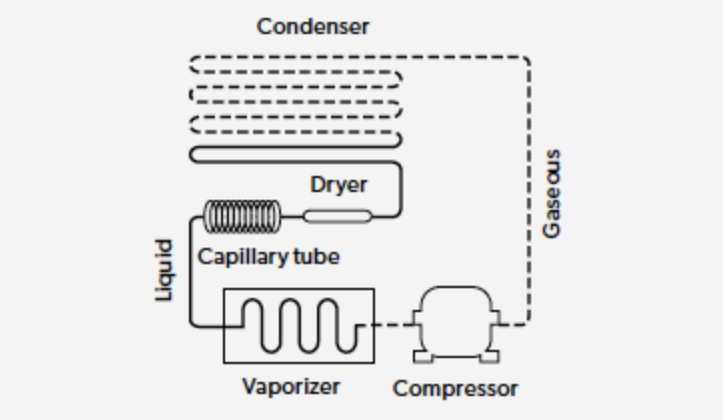CF Coolers
Cooling technologies explained
Four different cooling systems ensure that everything stays fresh on the move. Why as many as four? The reason is that each of them has its own particular advantages that recommend them for certain conditions. So please find a short explanation of the functional principles of the different technologies below.
Passive coolers offer a key benefit – they require no power supply. Instead, they feature a highly effective polyurethane foam insulation, combined with a tight closing labyrinth seal. Fitted with cold packs or ice cubes, they keep the contents fresh for several days, depending on the use and weather conditions.

Passive coolers
Require no external energy supply
Keep things fresh for several days, depending on the ambient temperature
Highly effective PU insulation, combined with a tight closing labyrinth seal
Easy to clean
Optimized volume/weight ratio
A concentrated ammonia solution is heated in a boiler and expelled as vapor. The pressurized ammonia gas is then liquefied in a condenser. Supplied with hydrogen, it evaporates and in the process extracts heat from the storage container. The ammonia gas then enters the absorber where it is reabsorbed in a weak solution of ammonia. Finally, the saturated solution flows back to the boiler where the whole cycle starts again.

Absorption coolers
Gas-powered cooling independent of electricity
12 volts DC and 230 volts AC
Silent operation
Cooling performance depending on the ambient temperature
The thermoelectric principle was discovered in 1834 by J.C.A. Peltier, which is why the temperature generating parts of thermoelectric systems are referred to as Peltier elements. Thermoelectrics are based on the fact that cold or heat energy (depending on the polarity) is generated when a DC current is conducted between different types of metal.
The heating or cooling capacity is further enhanced by heat exchangers and air fans. Ideal for low and medium cooling volumes.

Thermoelectric coolers
12 / 24 / 230 volts
Impeccable operation in inclined position
Lightweight and low-cost
Cooling performance depending on the ambient temperature
Compressor units operate using a refrigerant that changes from liquid to gaseous state in the evaporator. The evaporation extracts heat from the interior of the cooling unit – the temperature drops. The compressor draws in the refrigerant, compresses it and passes it on to the condenser. Here, the absorbed heat is released to the atmosphere. The refrigerant liquefies again and flows to the evaporator, where the cycle begins again.

Compressor coolers
Excellent cooling performance even at extreme ambient temperatures
Refrigeration and deep-freezing
12 / 24 / 100 – 240 volts
Low power consumption
Suitable for solar operation
Integrated Battery protection